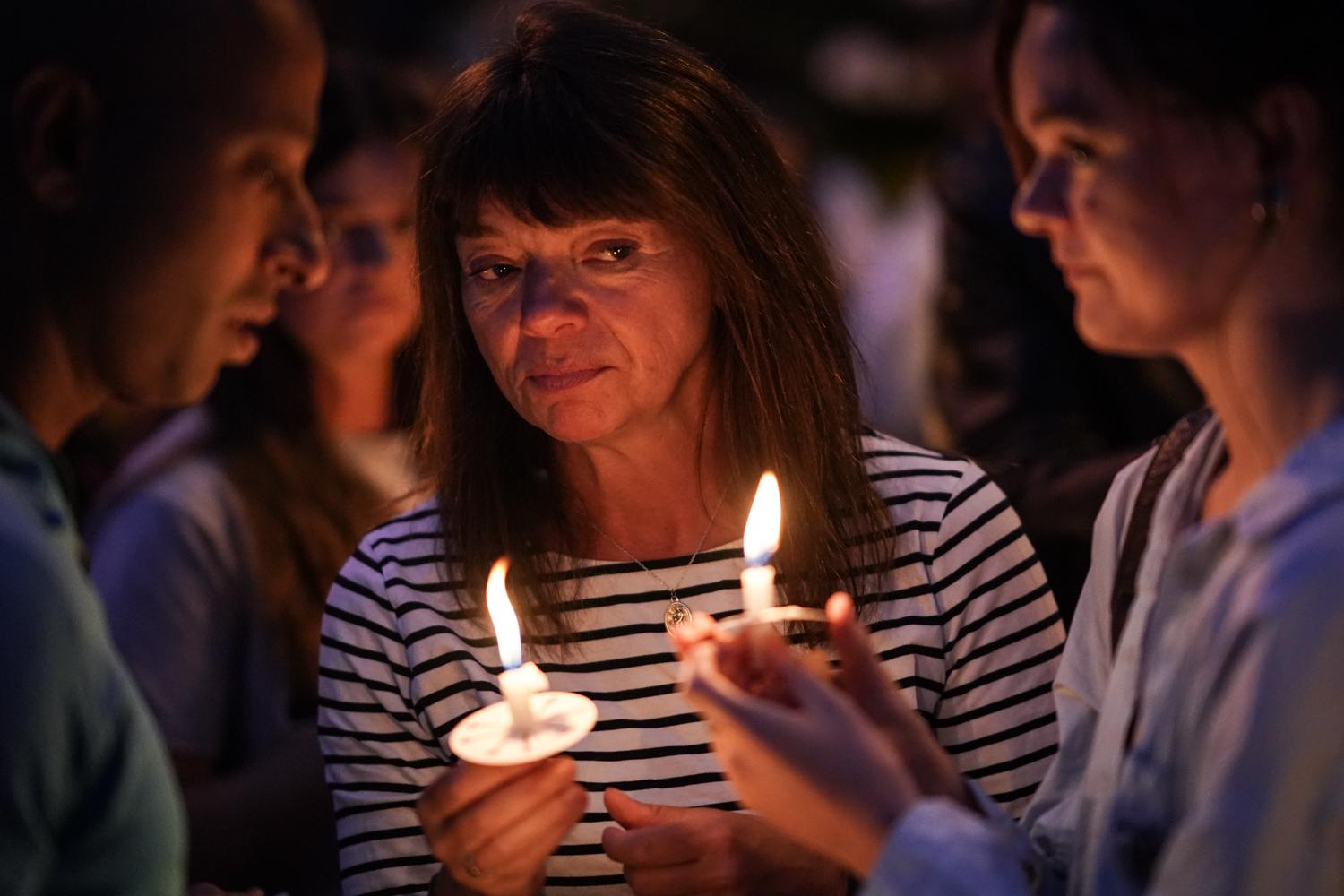
This week Hal tells the tale of a star named Navi.
Did you know that you are being watched over by a queen on her throne every night, year-round? Well, you are. Queen Cassiopeia sits on her throne in the northern sky, and this constellation is visible year-round.
In mythology, Cassiopeia, the wife of King Cepheus, was not a very nice person. Obsessed with her own beauty, her vanity ultimately led to her downfall, as she was placed in the northern sky, seated on her throne, and forever combing her hair. But because the constellation Cassiopeia is not too far from the North celestial Pole, half the year Cassiopeia is right side up and half the year she is upside down.
The constellation doesn’t look much like a throne. It really looks very much like a giant letter W or M, depending on the season.
Cassiopeia contains one of my very favorite stars, gamma Cassiopeia. Currently the brightest star in the W or M, it’s located smack in the middle, and is very easy to find.
But my favorite thing about the star is its common name, Navi. Back in the 1960s, the astronauts of the early space program were being taught celestial navigation, in case the onboard navigation computers failed. One of the original Mercury astronauts, Gus Grissom, was looking around on star charts for easily located stars. He noticed two things: that this middle star of the W or M was very easy to locate in the sky, and it did not have a non-scientific name. Grissom promptly named the star “Navi” and that name is stuck for over 50 years.
Why did he pick the name Navi? It may help if I explained that Gus Grissom’s middle name was Ivan. Spell Ivan backwards, and you’ll discover the only star in the sky named after an astronaut. Not bad for a steely eyed missile man.
If you’d like to take a closer look at Navi, or any of the other wonderful and amazing things in the sky, please visit KRCC.org or CSASTRO.org for a link to information on our monthly meetings and our free public star parties!
This is Hal Bidlack for the Colorado Springs Astronomical Society, telling you to keep looking up, Southern Colorado!








